June 16, 2025 | 23:16 GMT +7
June 16, 2025 | 23:16 GMT +7
Hotline: 0913.378.918
June 16, 2025 | 23:16 GMT +7
Hotline: 0913.378.918
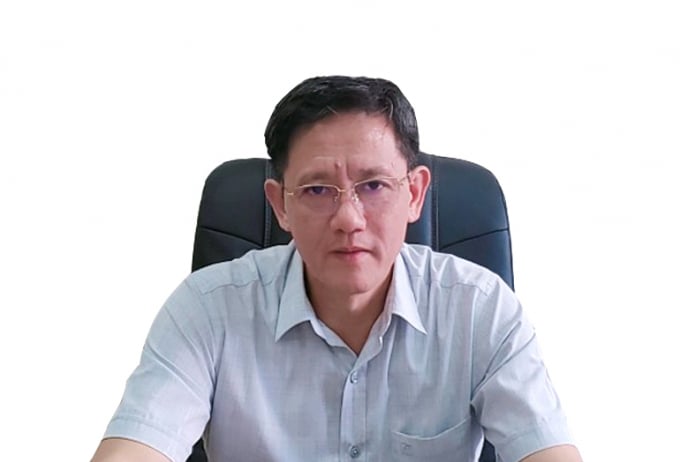
Duong Tat Thang, Director of the Department of Livestock Production.
It can be said that animal husbandry is an economic and technical industry which has an organic relationship with cultivation, fisheries and processing industries. Outputs of agriculture and aquaculture are inputs of the livestock industry (maize, cassava, rice, soybeans, shrimp heads, fish heads, intestines) while the output of the livestock industry is reused to make fertilizer.
The cost of animal feed currently accounts for 60-70% of the product price. For example in the cost structure of pork products, animal feed accounts for 59 - 65%, breed costs account for 22 - 24%, and the rest are from other expenses (depreciation of equipment, barns, electricity, labor, veterinary medicine). As for poultry, the cost of animal feed accounts for 69-75% of the product price. Feed thus plays a decisive role in the efficiency of production.
Out of the total 35 million tons of animal feed materials used domestically every year, Vietnam is only self-sufficient with approximately 13.1 million tons (37%), and the remaining 21.9 million tons (63%) are imported from abroad. Among the 21.9 million tons of animal feed materials imported into Vietnam in 2021, 55.7% is mainly for pig raising and 40.6% is for poultry farming. The rest are for other livestock.
One thing to note is that in the structure of meat output used in Vietnamese meals, the proportion of pork accounts for 62% while the world average is only about 38%. Thus, by restructuring the food basket in the direction of reducing the use of pork and increasing the use of poultry and ruminant meat, we will gradually reduce our dependence on imported feed materials.
Regarding the domestic supply of raw materials for animal feed, there are four main groups: rice, maize, soybean and cassava. We have approximately 42.8 million tons of rice (of which nearly 4-5 million tons of rice bran are used for livestock and export). We also have 43 million tons of straw.
We have about 942,000 ha of the raw material area of maize with a production capacity of approximately 4.8 million tons/year. The output is mainly used in smallholder farming. For cassava, the current planting area is more than 500,000 ha, producing about 10.5 million tons of fresh tubers. As for materials from soybeans, we do not consider this to be an advantage because the total planting area of the country is only about 42,000 ha, accounting for a very small proportion of material output.
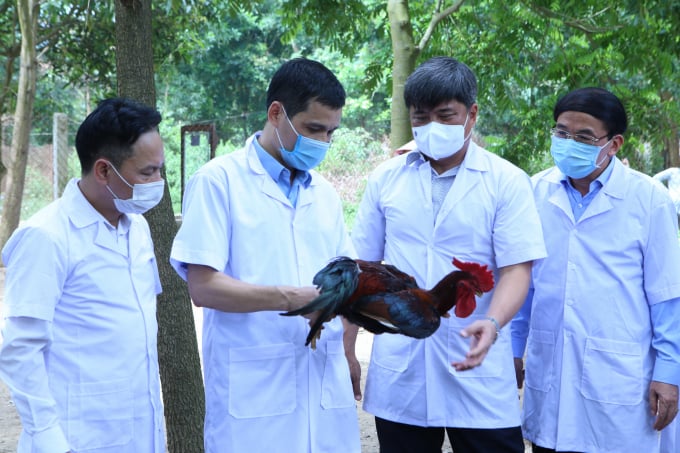
The cost of animal feed accounts for 69-75% of the price of poultry products. Photo: Minh Phuc.
Regarding the supply of animal feed ingredients, there are two groups. The first group is from aquatic by-products (such as shrimp heads or fish heads) with an output of more than 1 million tons which we have basically used to make functional foods.
The second group belongs to livestock and poultry by-products (including organs and blood). These parts are often used to process animal feed in developed countries, but the people in Vietnam still use them in daily meals, so the procurement of these raw materials is difficult due to the very high cost.
The domestic industry of animal feed production is viewed to be too dependent on imports, particularly concentrates are directly affected by ingredients in the world. The capacity to produce feed supplements of many types of feed ingredients remains limited. There aren’t many businesses investing in this field as our market is still relatively small and has to face strong competition from feed supplements manufactured in China and the EU. Not only that, the cost of production and trade of animal feed is also high due to many intermediaries from factories to farms.
From this reality, the Department of Livestock Production proposed a number of comprehensive solutions:
Firstly, restructure domestic meat consumption to balance animal feed products.
Secondly, study, survey and re-evaluate the efficiency of agricultural land use to provide orientations for effective agricultural land conversion and use, especially in coastal areas where biomass maize can be grown to serve livestock.
Thirdly, invest in chains and multi-subject links to build raw material areas in service of animal feed production. Over the years large enterprises such as C.P. Vietnam Corporation and Japfa Comfeed Vietnam have implemented these kinds of model very effectively in localities.
Translated by Samuel Pham
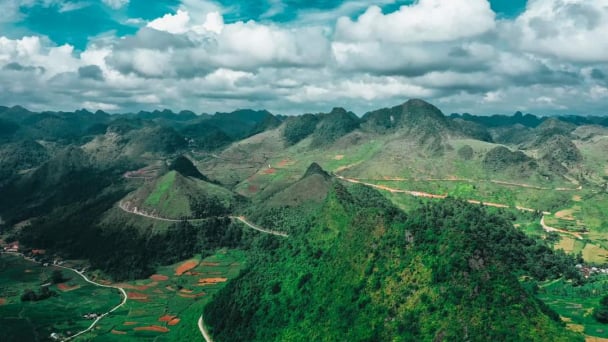
(VAN) The UNESCO Global Geopark revalidation of Non nuoc Cao Bang and the transition to a two-tier administrative model are presently undergoing a pivotal moment in Cao Bang, the northernmost province of Vietnam.
/2025/06/13/5330-2-004539_953.jpg)
(VAN) Changing policy mindset and removing investment barriers are urgent requirements to open up new development space for enterprises in the agricultural sector.

(VAN) The areas include the restoration of five million hectares of marine ecosystems.

(VAN) Dr. Le Van Nguyen, Director of the Institute of E-Commerce Management (ECM), emphasizes the potential for green development through the cultivation of fruit trees, particularly in provinces such as Son La.
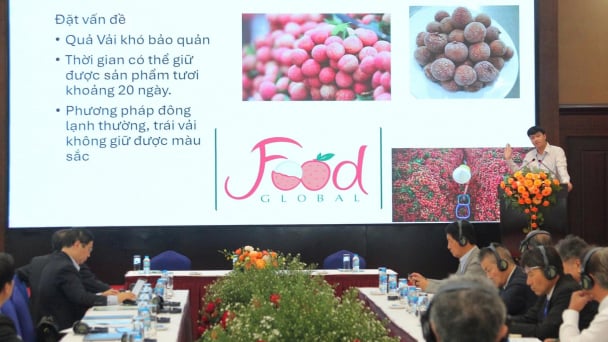
(VAN) VAAS and numerous Vietnamese enterprises have signed cooperation agreements with Japanese partners to promote agricultural technology and trade connectivity.
/2025/05/29/5625-12-214801_567.jpg)
(VAN) Provincial mergers in the Mekong Delta promise to streamline administration, expand inter-provincial raw material areas, and foster close linkages in agricultural value chains, benefiting both businesses and cooperatives.
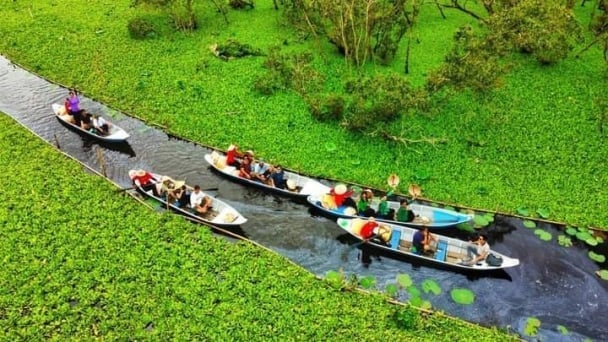
(VAN) Merging Mekong Delta provinces contributes to the expansion of agricultural raw material areas, addressing previous constraints caused by provincial boundaries. Additionally, this expansion will reduce costs and strengthen linkages between businesses, cooperatives, and farmers.